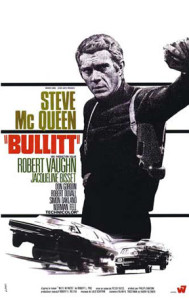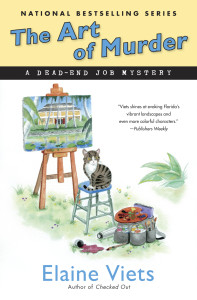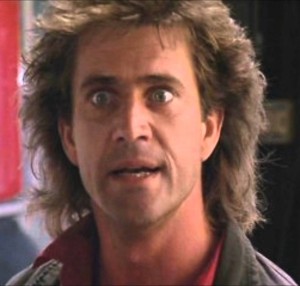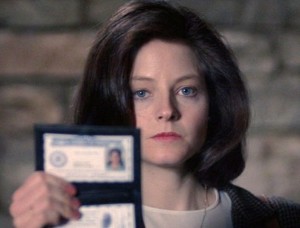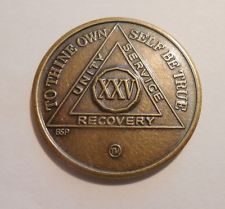By Kathryn Lilley
Today, we’re critiquing the first page of a story called AMERICAN LIONS, submitted anonymously by a TKZ reader. I’ll kick off the discussion with my feedback, and then I invite you to add your notes and constructive criticism in the Comments.
American Lions
“You remember Spag, don’t you?” Aunt Julie asked Nora for about the hundreth time that morning. She asked it when she got Nora and Myra out of bed, when she rushed them out of their house, when she drove them across town, and now as they walked into the Filler Up truck stop. She nodded her head as she asked, “Don’t you remember him?”
I don’t know, Aunt Julie.” What kind of a name is Spag, anyway? “Why are we here? My mom needs me. And Myra can’t miss any more school. They’ll send a truancy officer to our house. He’ll ask questions.”
Stop worrying, Nora. Let the adults handle this.”
Nora had never been to a truck stop before. Aunt Julie said they were going to have breakfast there. Nora scanned the room. It was crowded with rowdy men seated at round tables in the center of the room, men stuffed into booths along both sides. At the far end, Nora could see a kitchen through a cut out in the wall. A row of men sat at a counter facing the kitchen. From the back, the men looked pretty much the same. The had short hair and and were hunched over their plates, or reading newspapers and drinking coffee. But there was one man who sat facing away from the kitchen, toward the entrance. His hair was shoulder length and layered in the current style. Nora studied his features for something familiar. Then she saw him looking back at her and she moved behind Aunt Julie.
“There he is.” Aunt Julie said and the man and he hurried over to her.
“He looks like Rick Springfield,” Myra said.
“Myra, Nora, this is the friend I was telling you about. Remember him now?”
He said to Aunt Julie, “What are they doing here?”
Nora moved close to Aunt Julie and said, “But this place, is it safe?”
“They’re truckers, Nora. You’ll be with Spag.”
“Now wait a minute, Julie. You asked me to meet you here and you put me on baby sitting duty? I thought you were in trouble, I thought you needed my help.”
“I do. I need you to stay with the girls. I didn’t know what else to do.”
“But I can help, Aunt Julie. Don’t leave me here.” She’s my mother. She needs me. This morning was the worse I have ever seen her.
~~~~
My comments
Some distracting technical issues made it difficult at times for me to follow what was happening in this scene.
Setting the stage in the first paragraph: crowd control
The first paragraph introduces (or makes reference to) a total of four characters–Aunt Julie, Nora, Myra, and Spag. I had trouble visualizing who was actually visible in this scene as it opened–there is not enough information provided to orient the reader in the scene. I had to backtrack and reread the first paragraph in order to sort out who was doing what. (Tip: As a general rule, try to lImit the focus of action in each paragraph to a maximum of two characters.)
Cue the reader when the dialogue or focus shifts to a different character
Whenever a new character begins speaking or the scene’s focus shifts to that character, the writer needs to cue the reader that a shift is taking place. For example, in the second paragraph, a new character is speaking, so the dialogue should open with an opening quotation mark.
“I don’t know, Aunt Julie.”
Focus on action/reaction
It would strengthen the scene to include more reaction and characterization for the character named Spag. Show him reacting to the children and sizing up the situation as he realizes he’s being thrust into babysitting duty.
Avoid distracting POV wobbles
I got slightly disoriented by some of the point of view transitions. Sometimes Nora’s point of view is presented in third-person, as follows.
Nora moved closer to Aunt Julie…
Sometimes the POV shifted to first person, focusing on Nora’s internal thoughts as in the following.
This morning was the worst I have ever seen her.
(Yes, it’s possible to shift the point of view within a story, but the way it’s done here added to my overall feeling of disorientation within this scene.)
Keep track of characters
The character Myra was briefly mentioned in the first paragraph, but not in a way that established her physically within the scene. I was a bit startled therefore when Myra popped up later on in the scene to contribute the Rick Springfield observation, (I also had to look up Rick Springfield to identify him. Would a young child know who RIck Springfield is, btw?)
If you are going to re-introduce a character who has been silent or missing for several sentences or paragraphs, you need to re-establish that character in the reader’s mind. Something like,
Myra, who’d remained silent during our discussion, jumped in to deliver the final verdict.
“He looks like Rick Springfield,” she said.
Edit out repetitive language and extraneous words
We all have a tendency to repeat certain words and phrases. The fifth paragraph contains an extraneous phrase “and the man”, and the repeated phrase “Nora moved behind Aunt Julia” are examples here.
Overall
The nice thing about technical difficulties is that they’re easily fixed with editing. An editing pass will eliminate most of the issues I’ve mentioned.
After reading this scene, I’m not sure what type of story this will turn out to be. Once the technical issues are fixed, the writer can concentrate on bringing the characters and story into stronger focus.
Please add your constructive feedback in the Comments, and thanks to our brave writer for submitting today’s first page for critique!




